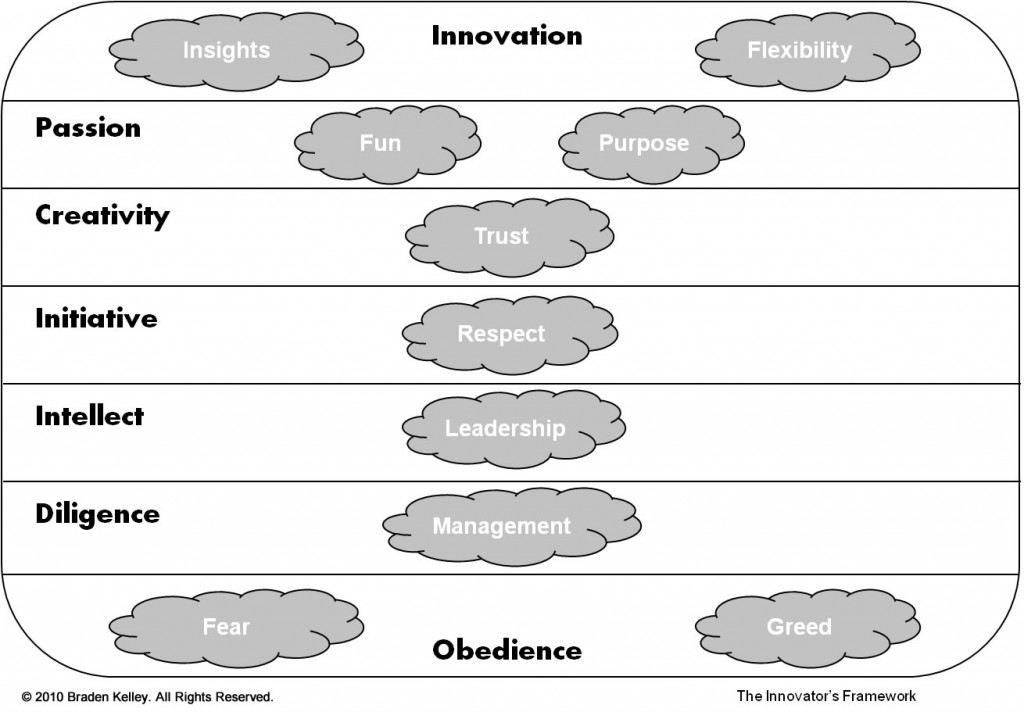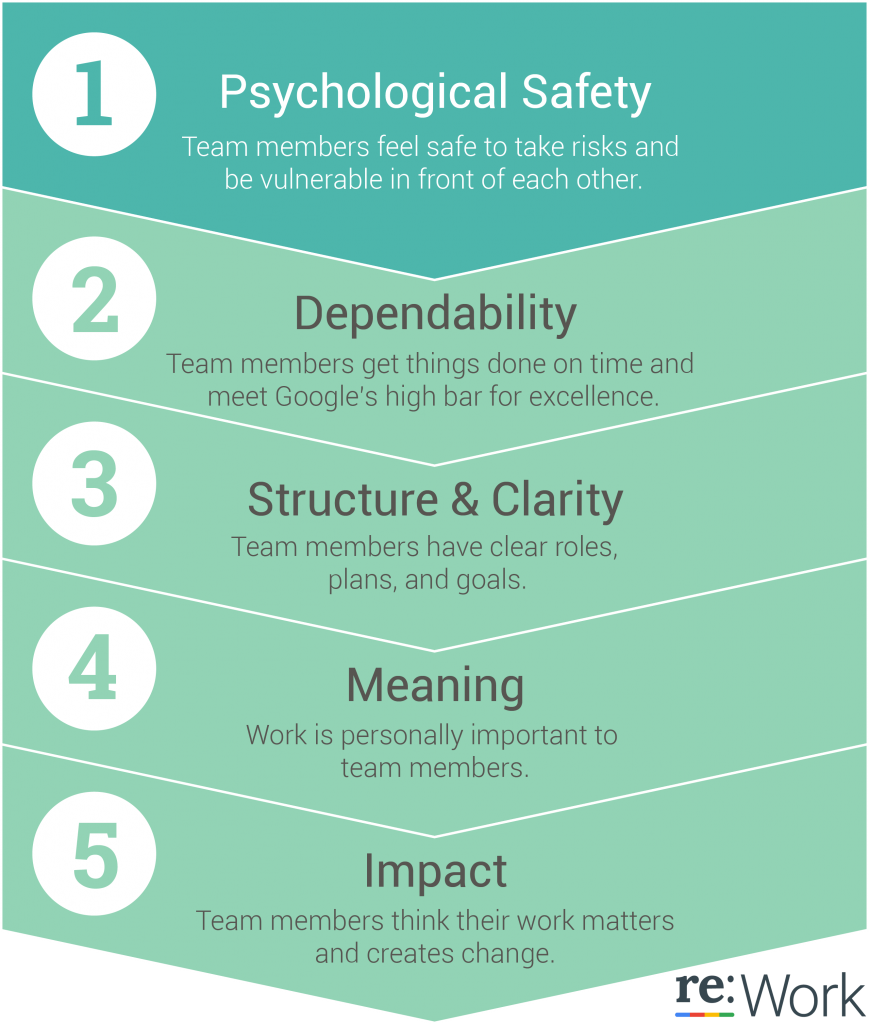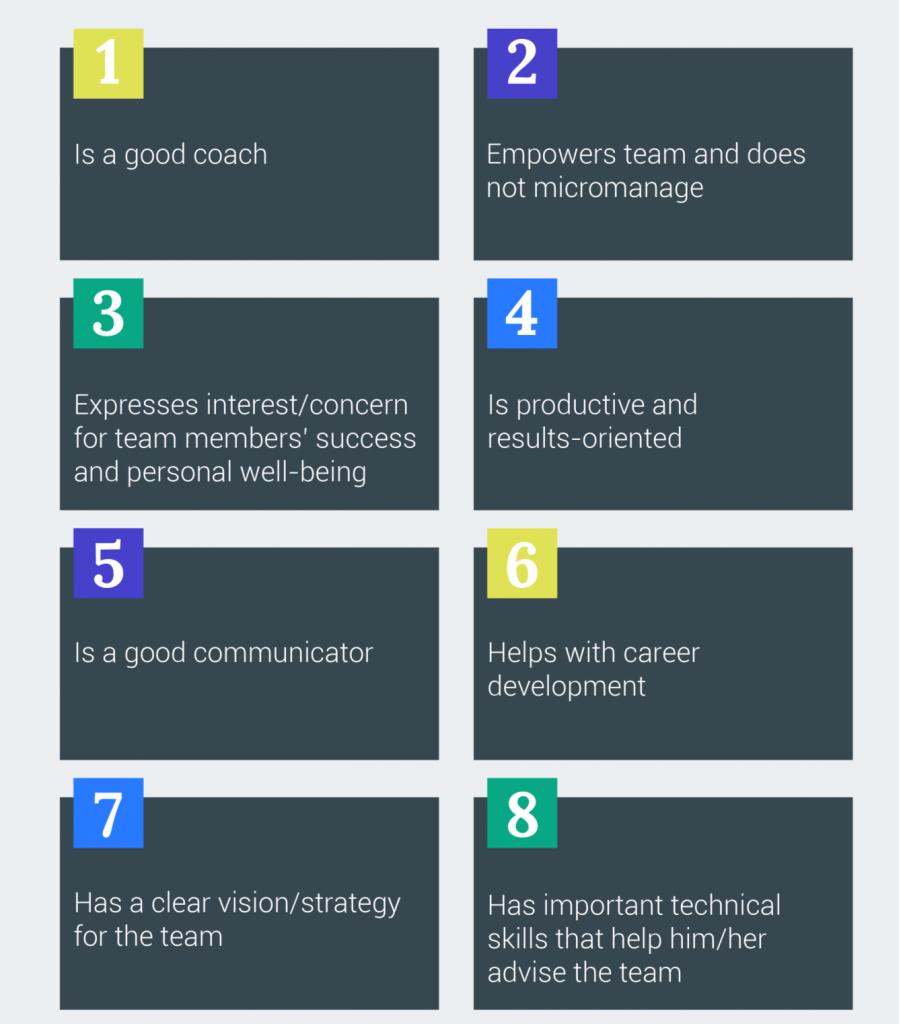Strategies for Rapid Iteration

GUEST POST from Chateau G Pato
In today’s fast-paced and constantly evolving business landscape, innovation is the key to staying ahead of the competition. However, traditional approaches to innovation may not be enough to keep up with rapidly changing customer needs and preferences. To foster innovation, organizations must embrace a culture of experimentation and adopt strategies for rapid iteration. In this article, we will explore the importance of experimentation in driving innovation and discuss two case study examples to illustrate successful implementation.
Case Study 1: Google’s “20% Time”
One of the most famous examples of fostering innovation through experimentation is Google’s “20% time.” This initiative allows employees to spend 20% of their workweek, or one day, working on projects that interest them outside of their core responsibilities. This flexible structure encourages employees to explore new ideas and experiment with innovative solutions.
One notable outcome of Google’s 20% time is the creation of Gmail. Originally developed as an experiment by a Google engineer, the project emerged from the employee’s personal interest in improving email communication. Through rapid iteration and continuous experimentation, Gmail was refined and eventually launched as one of Google’s most successful products. This case study demonstrates how giving employees the freedom to experiment can lead to significant innovation and long-term success.
Case Study 2: Amazon’s A/B Testing
Amazon, the e-commerce giant, is renowned for its customer-centric approach and its relentless pursuit of innovation. One of the strategies Amazon uses to continuously iterate and improve its offerings is A/B testing. By testing different variations of a webpage, product listing, or feature, Amazon gathers quantitative data to make informed decisions about which version performs better. This data-driven approach allows them to quickly adapt and optimize their offerings to meet customer expectations.
An example of Amazon’s A/B testing is its product recommendation engine. By experimenting with different algorithms and design variations, Amazon continuously refines its recommendation engine to provide highly personalized and relevant product suggestions. This iterative process has played a significant role in enhancing the customer experience, boosting sales, and establishing Amazon as an industry leader.
Key Strategies for Rapid Iteration
1. Embrace Failure as Learning: Encourage a culture where failure is seen as an opportunity to learn and improve. Failure should not be punished but celebrated as a stepping stone towards success. By fostering an environment that values experimentation and risk-taking, organizations can encourage employees to think creatively and push boundaries.
2. Establish Rapid Feedback Loops: Implement processes that allow for quick feedback and iteration. Regularly gather feedback from customers, employees, and other stakeholders to identify areas for improvement. This feedback loop enables organizations to make iterative changes based on real-world data and inputs, leading to more relevant and effective solutions.
3. Set Clear Goals and Metrics: Clearly define innovation goals and establish measurable metrics to track progress. By setting concrete objectives, organizations can evaluate the success of their experiments and measure the impact on key performance indicators. This data-driven approach helps focus efforts on what truly matters and ensures that innovation initiatives align with overall business objectives.
Conclusion
Innovation through experimentation is crucial for organizations aiming to thrive in today’s rapidly changing business landscape. By adopting strategies for rapid iteration, businesses can foster a culture that encourages and celebrates innovation. The case study examples of Google’s “20% time” and Amazon’s A/B testing demonstrate how organizations can drive significant innovation by allowing employees to experiment and by leveraging quantitative data to inform decision-making. By embracing failure, establishing feedback loops, and setting clear goals and metrics, organizations can unleash their creative potential, adapt to evolving market dynamics, and stay ahead of the competition.
EDITOR’S NOTE: Braden Kelley’s Experiment Canvas™ can be a super useful FREE tool for your innovation or human-centered design pursuits.
“The Experiment Canvas™ is designed to help people instrument for learning fast in iterative new product development (NPD) or service development activities. The canvas will help you create new innovation possibilities in a more visual and collaborative way for greater alignment, accountability, and more successful outcomes.”
Image credit: misterinnovation.com
![]() Sign up here to get Human-Centered Change & Innovation Weekly delivered to your inbox every week.
Sign up here to get Human-Centered Change & Innovation Weekly delivered to your inbox every week.




 I came across an
I came across an 



 A popular set of questions that I get asked repeatedly by clients and audience members includes the following:
A popular set of questions that I get asked repeatedly by clients and audience members includes the following:
 Nobody, including people inside Microsoft, would argue with the fact that Microsoft beat Google and Apple to the Mobile OS marketplace, but lags them both in terms of market share.
Nobody, including people inside Microsoft, would argue with the fact that Microsoft beat Google and Apple to the Mobile OS marketplace, but lags them both in terms of market share. It used to be that when you formed a rock band to seek fame and fortune, all you had to do was find a lead singer, a guitarist, a bass player, a drummer, and maybe another guitarist or a keyboard player if you wanted a richer sound. But the digital age presents a level of complexity and opportunity that John, Paul, and Ringo never had to deal with.
It used to be that when you formed a rock band to seek fame and fortune, all you had to do was find a lead singer, a guitarist, a bass player, a drummer, and maybe another guitarist or a keyboard player if you wanted a richer sound. But the digital age presents a level of complexity and opportunity that John, Paul, and Ringo never had to deal with.